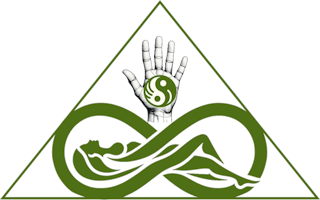Superficial Front Line
Superficial Front Line Myofascial Meridian The Superficial Front Line Myofascial Meridian The Superficial Front Line (SFL) is a myofascial meridian, a concept first introduced by Thomas W. Myers in his book “Anatomy Trains.” Myofascial meridians are continuous chains of muscles and connective tissues (fascia) that run throughout the body. They provide a holistic understanding of the body’s interconnectedness and the role of the fascial system in movement and biomechanics. The idea behind myofascial meridians is that tension or dysfunction in one part of the chain can affect the entire line, leading to compensations, imbalances, and potential injuries. The Superficial Front Read More
